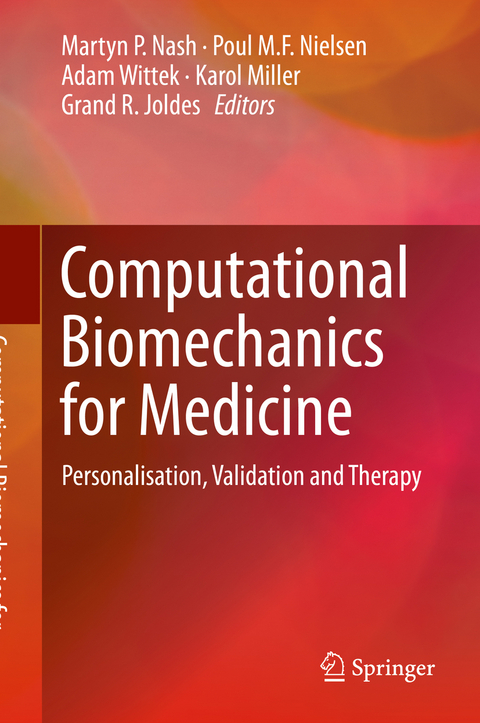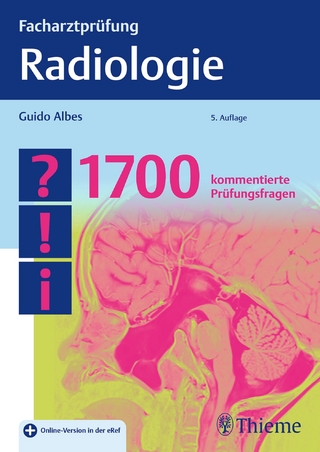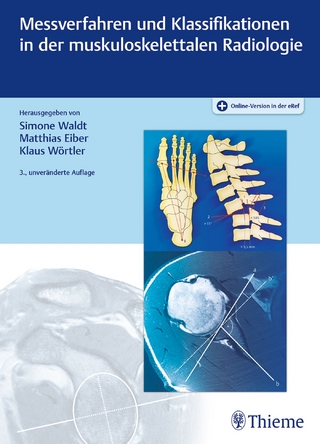
Computational Biomechanics for Medicine
Springer International Publishing (Verlag)
978-3-030-15922-1 (ISBN)
This book contains contributions from computational biomechanics specialists who present and exchange opinions on the opportunities for applying their techniques to computer-integrated medicine, including computer-aided surgery and diagnostic systems. Computational Biomechanics for Medicine collects peer-reviewed chapters from the annual Computational Biomechanics for Medicine Workshop, in conjunction with the Medical Image Computing and Computer Assisted Intervention [MICCAI] Society conference. The works are dedicated to research in the field of methods and applications of computational biomechanics to medical image analysis, image-guided surgery, surgical simulation, surgical intervention planning, disease diagnosis and prognosis, analysis of injury mechanisms, implant and prosthesis design, artificial organ design, and medical robotics. These chapters will appeal to a wide range of researchers and students within the fields of engineering and medicine, as well as those working in computational science.
Chapter1. Biomechanical simulation of vaginal childbirth: the colors of the pelvic floor muscles.- Chapter2. Patient-specific modeling of pelvic system from MRI for numerical simulation: validation using a physical model.- Chapter3. Numerical analysis of the risk of pelvis injuries under multidirectional impact load.- Chapter4. Parametric study of lumbar belts in the case of low back pain: effect of patients' specific characteristics.- Chapter5. Quantitative validation of MRI-based motion estimation for brain impact biomechanics.- Chapter6. Meshless method for simulation of needle insertion into soft tissues: preliminary results.- Chapter7. A biomechanical study on the use of curved drilling technique for treatment of osteonecrosis of femoral head.- Chapter8. A hybrid 0D-1D model for cerebral circulation and cerebral arteries.- Chapter9. Removing drift from carotid arterial pulse waveforms: a comparison of motion correction and high-pass filtering. Chapter10. Rapid blood flow computation on digital subtraction angiography: preliminary results. Chapter11. Muscle excitation estimation in biomechanical simulation using NAF reinforcement learning.
| Erscheinungsdatum | 15.08.2019 |
|---|---|
| Zusatzinfo | VIII, 149 p. 60 illus., 48 illus. in color. |
| Verlagsort | Cham |
| Sprache | englisch |
| Maße | 155 x 235 mm |
| Gewicht | 405 g |
| Themenwelt | Mathematik / Informatik ► Mathematik ► Angewandte Mathematik |
| Medizinische Fachgebiete ► Radiologie / Bildgebende Verfahren ► Radiologie | |
| Medizin / Pharmazie ► Physiotherapie / Ergotherapie ► Orthopädie | |
| Technik ► Medizintechnik | |
| Schlagworte | computer-aided diagnostics and therapeutics • computer integrated medicine • image guided surgery • Medical Image Analysis • MICCAI 2018 • physics-based medical image analysis • Prostheses Design • prosthesis design and monitoring • surgical simulation and intervention planning |
| ISBN-10 | 3-030-15922-1 / 3030159221 |
| ISBN-13 | 978-3-030-15922-1 / 9783030159221 |
| Zustand | Neuware |
| Haben Sie eine Frage zum Produkt? |
aus dem Bereich


